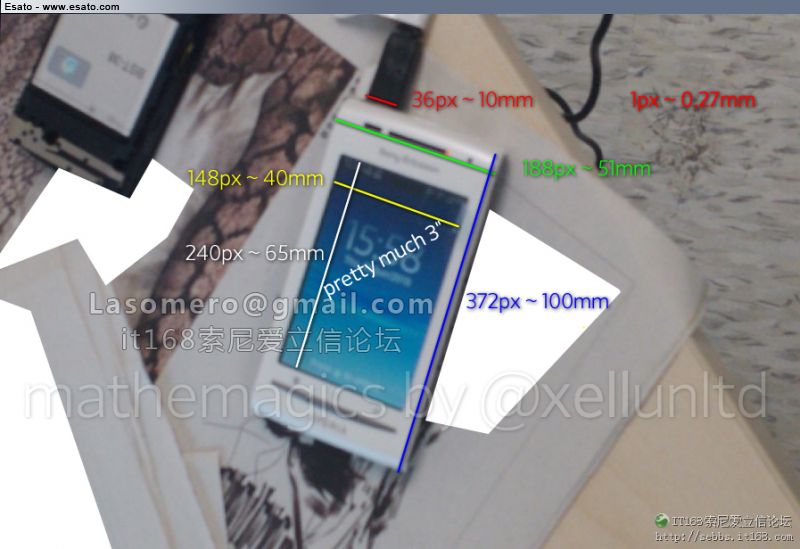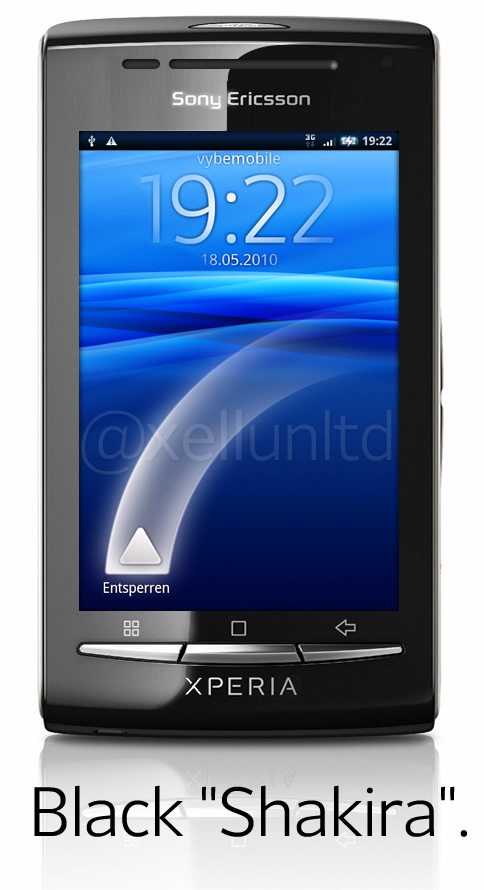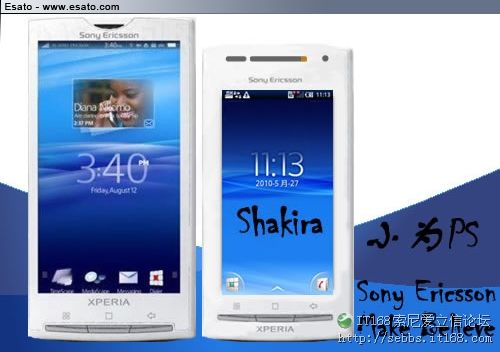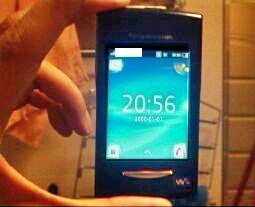Sony Computer Science Laboratories (Sony CSL) Inc developed a touch panel that can generate tactile feedback and detect the amount of pressure applied to the panel.
The panel is targeted at mobile phones and was demonstrated at Open House 2010, which took place May 28, 2010. It can detect not only the x and y coordinates of a fingertip but also the pressure applied in the direction of the z-axis.
This time, Sony CSL combined the new touch panel with a small display device that looks like a mobile phone. In the demonstration, the speed of switching icons displayed on the screen was changed by changing the pressure applied to the panel. As the pressure became stronger, the icons were switched faster.
For the tactile feedback function, actuators using piezoelectric elements were employed. Compared with the case where the eccentric motor of a mobile phone is used, they can realize a faster response speed, offering a comfortable operation, Sony CSL said.
The actuators vibrate the touch panel in the z-axis direction when they detect an input. The amplitude of the vibration is as small as 30μm, but the company claims that it can be easily felt by humans.
To solve the problem of the high drive voltage of the piezoelectric element, which was 300V, Sony CSL used a 16-layer structure so that it becomes possible to have the electric field gradient necessary to drive the piezoelectric element even at a low voltage. As a result, the drive voltage was lowered to ±9V.
"If the voltage is boosted by DC-DC conversion, it can be driven even by the rechargeable battery of a mobile phone," the company said.
Moreover, the size of the actuator was reduced so that it can be embedded in a mobile phone. The dimensions of the small substrate mounted with the piezoelectric elements are 30 x 3 x 0.8mm. And, to detect the amount of the pressure applied in the z-axis direction, Sony CSL employed a force sensing resistor (FSR), whose resistance value changes according to the amount of pressure.
The touch panel prototyped for the demonstration has six FSRs and two piezoelectric actuators under its bezel. Specifically, the FSRs are located in the upper, middle and lower parts of the right portion of the bezel as well as in the upper, middle and lower parts of the left portion of the bezel. The two piezoelectric actuators are positioned in the middle parts of the right and left portions of the bezel.
تو پاييز گوشي هاي سوني اريكسون همچون برگ هاي درختان ميريزد
.gif)






 جواب بصورت نقل قول
جواب بصورت نقل قول.gif)










